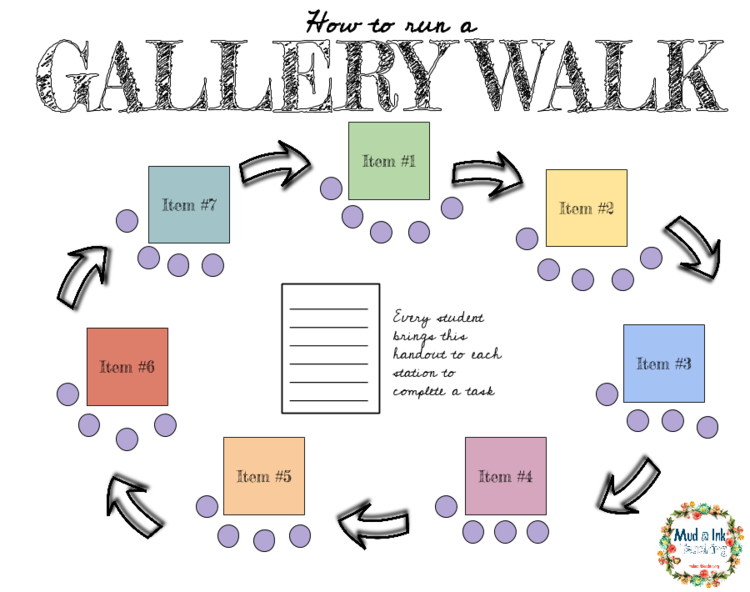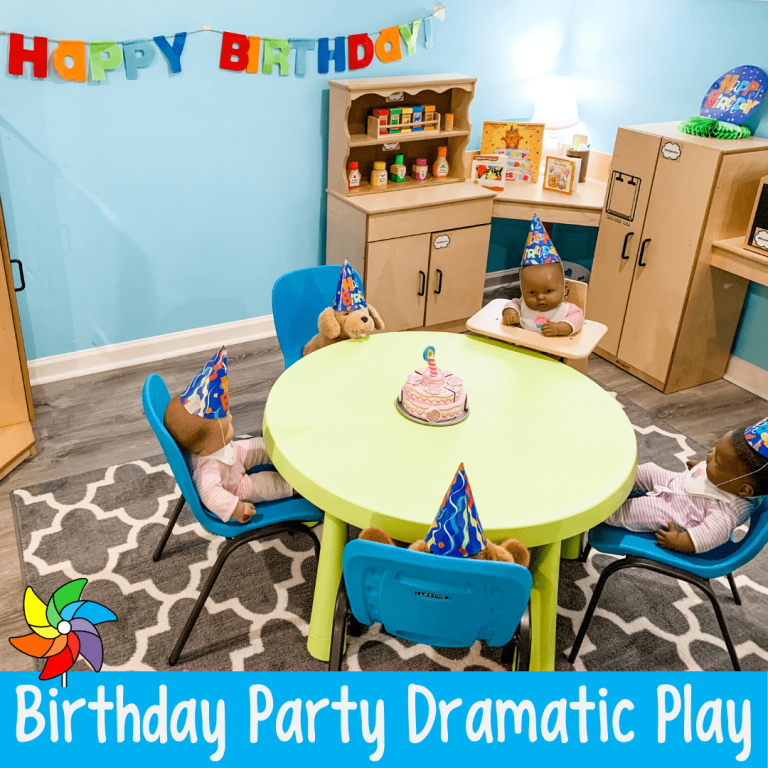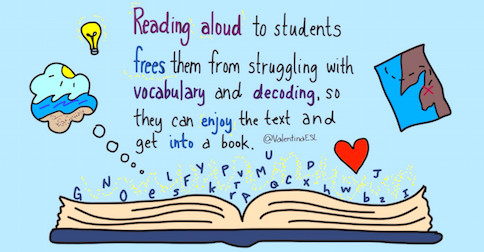Cooperative Learning (Kagan)
Gallery Walk: Children's work is hung on the wall or displayed on tables. Students then take time to walk around and observe other students work. The students work who is being displayed will describe what the other students are viewing. Observing students can ask questions about the displayed work.
Dramatic Play centers are also a great way to encourage cooperative learning amongst your students Dramatic Play and the Benefits
Movement (Marcia Tate)
Movement is important for children of all ages. As teachers we can only ask students to sit and listen to us talk so much. By incorporating learning with movement it allows students to get their wiggles out but continue their learning. You can incorporate learning colors, numbers, letters, parts of a flower, life cycle of 4a butterfly into movement activities. Have students work together and use their bodies to create numbers or letters as you call them out. Pair or group students and ask them to recreate the life cycle of the butterfly.
Transition movements also are a great way to incorporate movement into your classroom. These are quick things that you can give to students that allow them to move their bodies, but complete a task that you need done. 

Create Goals and Objectives: (Lipset and Wilson)
By creating an objective board in your classroom students can quickly reference the board to know what the teacher is expecting the students to complete and know for every subject.

Music (Tate)
In my classroom I use music during a lot of our day. During center time I play music quietly in the background that is calmy so that students bodies feel calm and relaxed during play time. I also use music to help with some of our learning. We will listen to our alphabet song that helps us with letter recognition and letter sounds. We also listen to a number song that helps us with our counting skills.
Give Students Feedback (Marazono)
Giving feedback to students gives them an idea of whether they have a clear understanding of the content. Your feedback should be clear and give students a clear understanding of what they did correctly and what they need to fix. Rubrics are a great way to give clear constructive feedback. Student Rubric
Games (Tate)
Working with young children, most of our learning is turned into a game of some sort. When we are working during math time students are playing with manipulatives creating and building, but I am able to check for understanding of counting, sorting, comparing and many other skills.
In our classroom we like to play a game where students take turns going and finding one object from a center. They then present their item to the classroom and tell the students what letter that objects begins with.
Technology
Technology is a great way to actively engage students in learning. Incorporating technology is a great way to engage students in learning. You can do this in many ways; the use of ipads/tablets, smartboards, computers.  Benefits of Technology
Benefits of Technology
KWL Charts (Ogle)
KWL charts are a great way to gain an understanding of what information students already know on a subject. They are also a great way to gage student's interst in a topic by filling in the "what they want to learn" section of the chart. We use KWL charts in my classroom as a whole group instruction. Once we have filled out the KW portion, we post the chart in our classroom to refer back to when we learn something and want to add it to the L section.
Effective Questioning (Bloom)
Questions are an essential part of our classroom and are used each day. Effective questioning is a way to get students to think on a deeper level. It is important to ask a range of questions from basic yes/no questions all the way to open ended questions that require students to think on a deeper level. Open Ended Questions
Multiple Exposures (Hattie)
In our curriculum we focus on literacy and the important of read alouds. We use a strategy called Dialogic Reading. During this time we choose a book and we have eight different exposures of the same book. During each exposure we focus on a different area (picture walk, student's "read", vocabulary, story retelling.) Dialogic Reading and its Benefits
